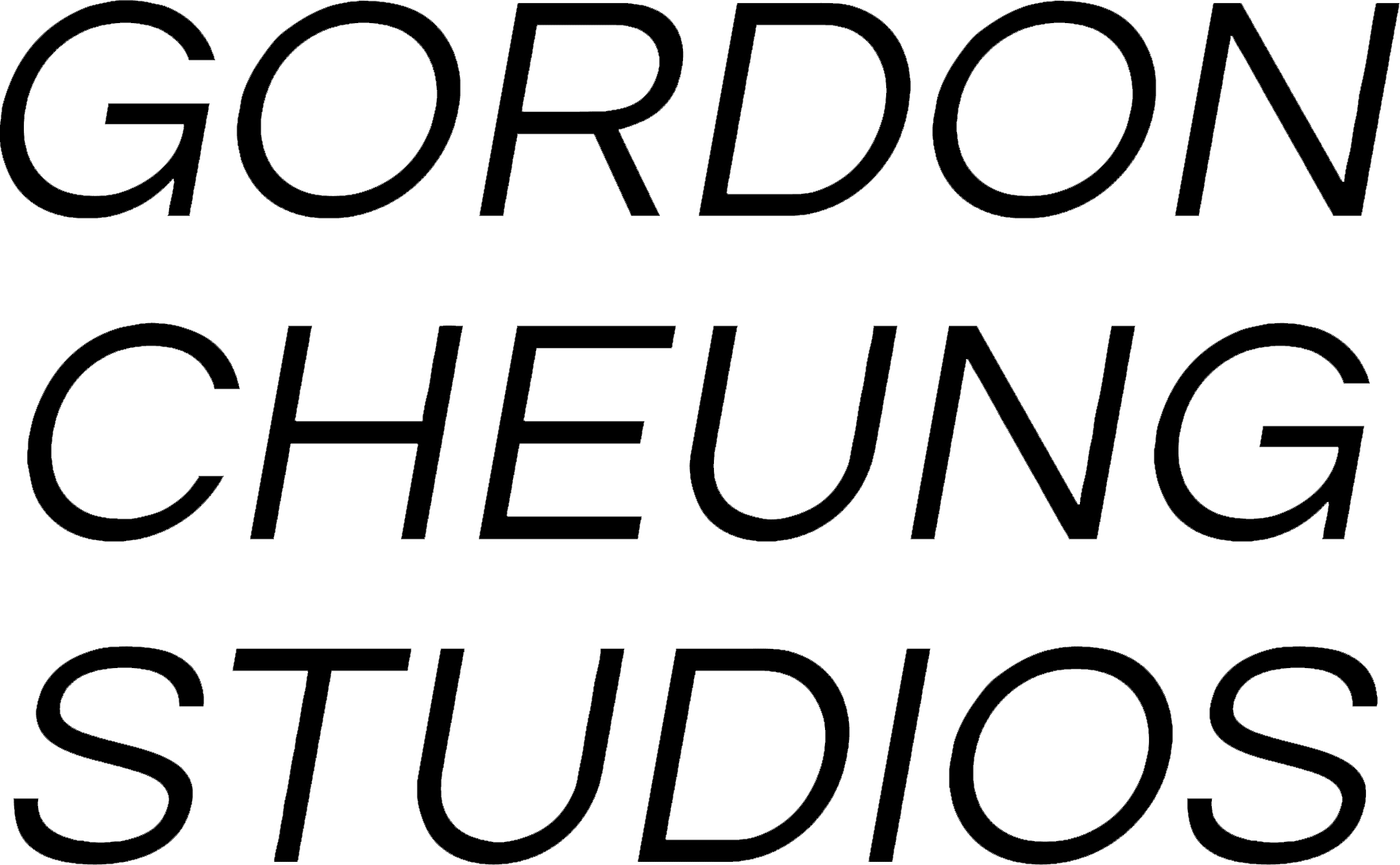-
Artworks

Eelke Jelles Eelkema (New Order), 2015
3-minute video animation loopDigital edition of 300Copyright The ArtistNew Order is a series of three images of still life paintings derived from the Dutch Golden Age, some 370 years ago, that have been modified using an algorithm. For...New Order is a series of three images of still life paintings derived from the Dutch Golden Age, some 370 years ago, that have been modified using an algorithm. For this body of work, Cheung manipulates these visual reproductions in such a way that they almost respire, seemingly to breathe in and exhale out of nature into the realm of digital abstraction. The original images were taken from the open source collection of the Rijksmuseum in Amsterdam. Cheung processed each work with an open source code created by artist Kim Asendorf that ‘glitches’ the image using an algorithm to create over 4000 sequential images, where each work is ‘pixel-sorted’. This gives the illusion that the series of still life paintings are steadily dissolving into the digital sands of time.
Historically the Dutch Golden Age was a period in which trade, science, and art flourished, where the Dutch masters were amongst the most celebrated in the world. It was an era that led to the birth of modern capitalism, the rise of the merchant classes, and the global exploitation of environmental resources for the development of nations and wider civilisations. In this period, Holland’s tulip bulbs traded at its peak for the equivalent price of a house, before the market collapsed in what was considered to be the first economic speculative bubble, otherwise known as 'Tulipomania'. The poignancy of a such a beautiful object bringing a nation to its knees due to collective madness of trade, set the tone for a global culture of boom and bust economics thereafter.
The title of the series New Order also refers to the band of the same name, where one of its album covers for Power, Corruption and Lies designed by Peter Saville, which used a still life by Henri Fanton-Latour. Saville thought that the flowers “suggested the means by which power corruption and lies infiltrate our lives”. It is from this point that Cheung was inspired to look towards Dutch still life paintings during the Golden Age, when the first economic bubble occurred.
1of 6

